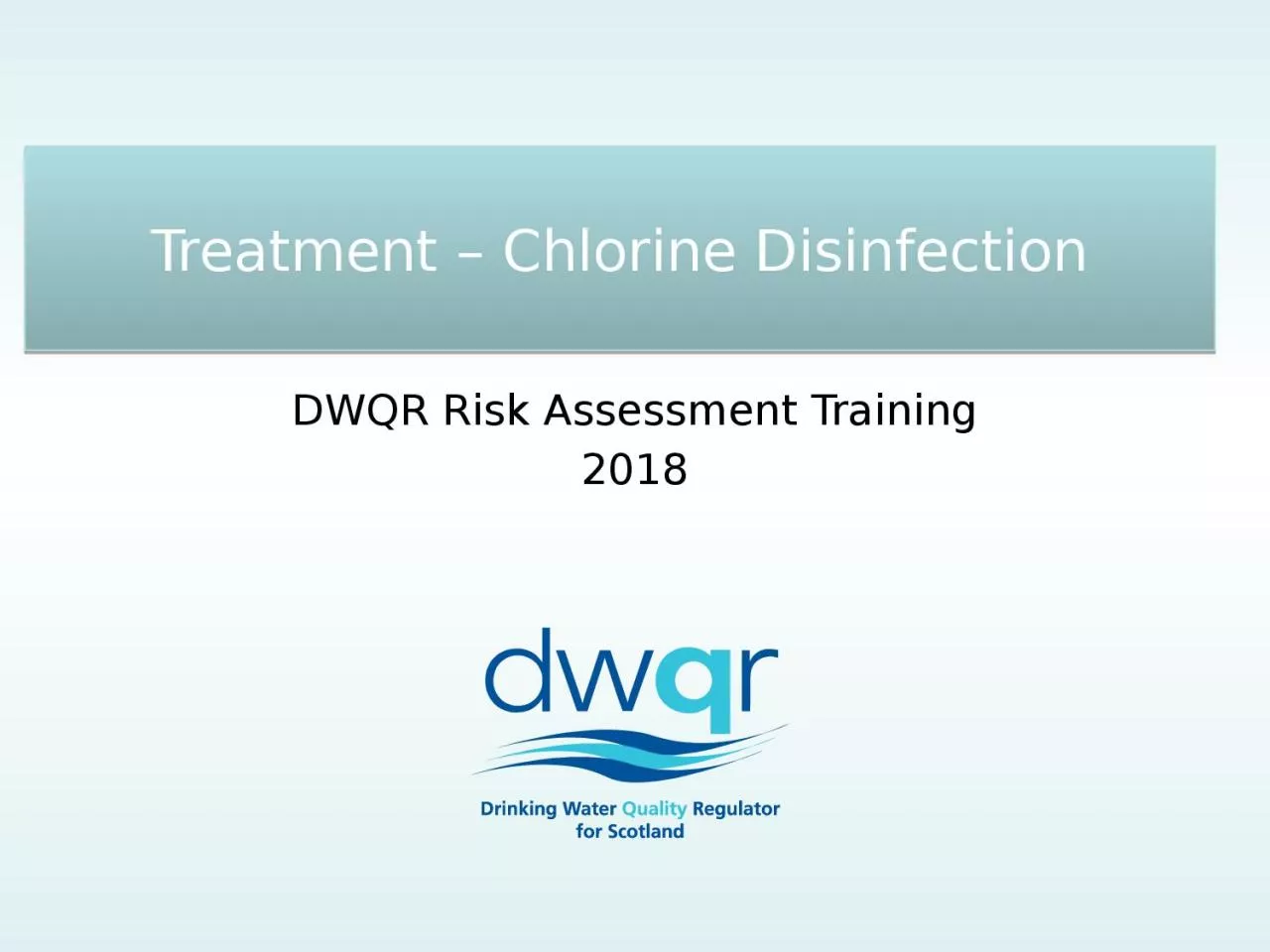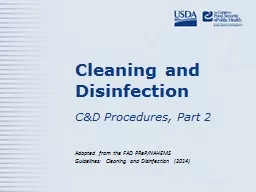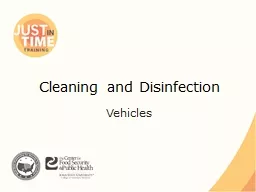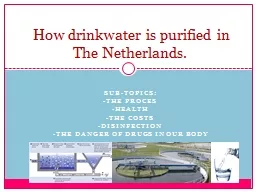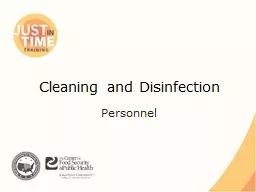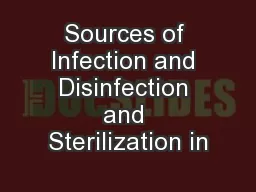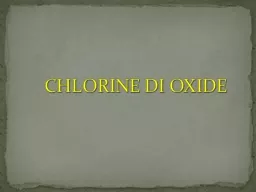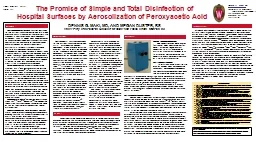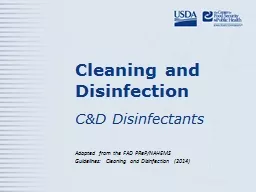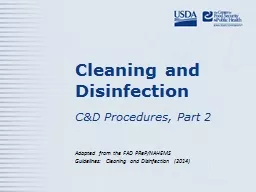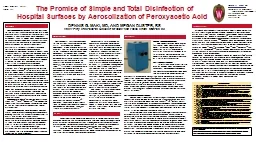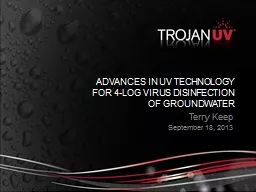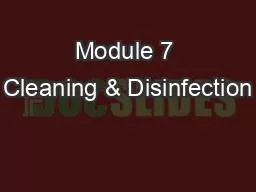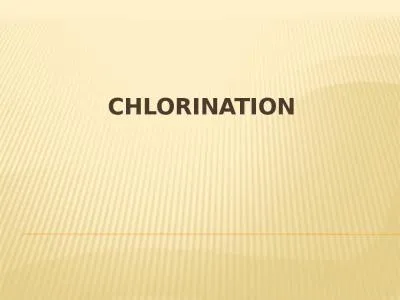PPT-Treatment – Chlorine Disinfection
Author : byrne | Published Date : 2023-10-28
DWQR Risk Assessment Training 2018 Overview Usage Usage Key Points to Watch For Key Points to Watch For Questions TCL1 Could undisinfected water pass into
Presentation Embed Code
Download Presentation
Download Presentation The PPT/PDF document "Treatment – Chlorine Disinfection" is the property of its rightful owner. Permission is granted to download and print the materials on this website for personal, non-commercial use only, and to display it on your personal computer provided you do not modify the materials and that you retain all copyright notices contained in the materials. By downloading content from our website, you accept the terms of this agreement.
Treatment – Chlorine Disinfection: Transcript
Download Rules Of Document
"Treatment – Chlorine Disinfection"The content belongs to its owner. You may download and print it for personal use, without modification, and keep all copyright notices. By downloading, you agree to these terms.
Related Documents

